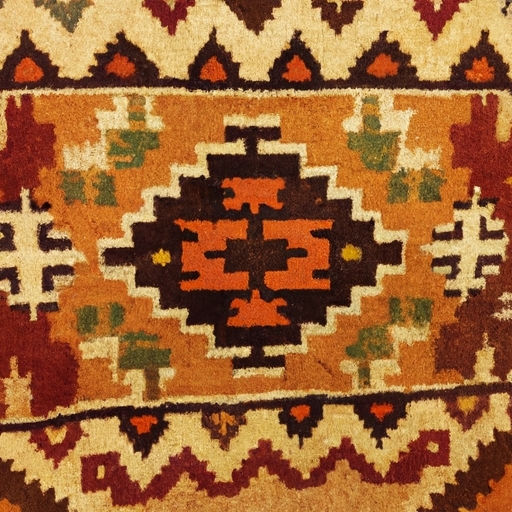hand-woven southwestern rugs
Characteristics of Southwest or Southwestern interior design, including warm color palettes and natural materials
The history of southwestern rug weaving is rich and diverse, with roots that date back centuries. Native American tribes such as the Navajo and Hopi have been creating intricate, hand-woven rugs for generations. These rugs are not only functional but also hold deep cultural significance within these communities.
The designs found in southwestern rugs often reflect elements of nature, such as animals, plants, and landscapes. Each rug tells a unique story and serves as a form of artistic expression for the weaver. The colors used in these rugs are typically earth tones like browns, reds, blues, and greens, which further connect them to the natural world.
Southwestern rugs have become highly sought after by collectors and interior decorators alike due to their craftsmanship and beauty. Many people appreciate the authenticity and craftsmanship that goes into each rug, knowing that they are purchasing a piece of history with cultural significance.
In addition to being visually stunning works of art, southwestern rugs also serve practical purposes in homes. They provide warmth on cold floors during winter months and add a touch of style to any room they adorn.
Overall, the history and cultural significance of southwestern rug weaving cannot be understated. These beautiful creations serve as a testament to the skill and creativity of Native American artisans while also preserving traditions that have been passed down through generations.
Southwest or Southwestern Interior Design
